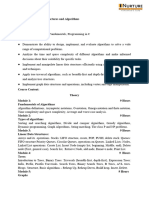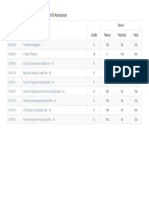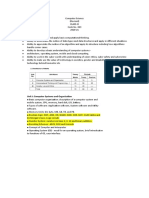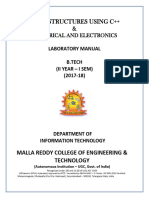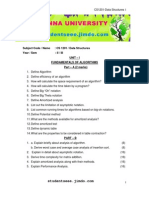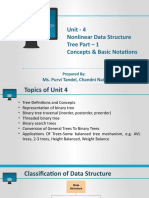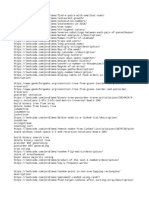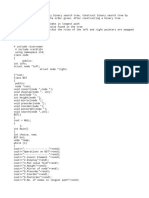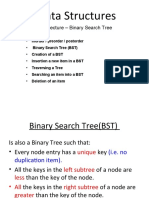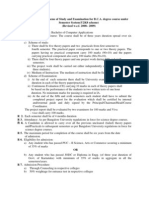0% found this document useful (0 votes)
18 views11 pagesDSA - Course Syllabus
The document outlines a 11-week course on Data Structures and Algorithms, covering topics such as arrays, linked lists, stacks, queues, recursion, trees, sorting and searching algorithms, graphs, and dynamic programming. Each week includes lecture topics, learning objectives, lecture activities, and laboratory activities with specific Python programming tasks. The course aims to equip students with practical skills in implementing and analyzing various data structures and algorithms.
Uploaded by
esguerraraymart1989Copyright
© © All Rights Reserved
We take content rights seriously. If you suspect this is your content, claim it here.
Available Formats
Download as DOCX, PDF, TXT or read online on Scribd
0% found this document useful (0 votes)
18 views11 pagesDSA - Course Syllabus
The document outlines a 11-week course on Data Structures and Algorithms, covering topics such as arrays, linked lists, stacks, queues, recursion, trees, sorting and searching algorithms, graphs, and dynamic programming. Each week includes lecture topics, learning objectives, lecture activities, and laboratory activities with specific Python programming tasks. The course aims to equip students with practical skills in implementing and analyzing various data structures and algorithms.
Uploaded by
esguerraraymart1989Copyright
© © All Rights Reserved
We take content rights seriously. If you suspect this is your content, claim it here.
Available Formats
Download as DOCX, PDF, TXT or read online on Scribd
/ 11























